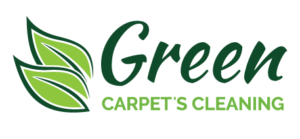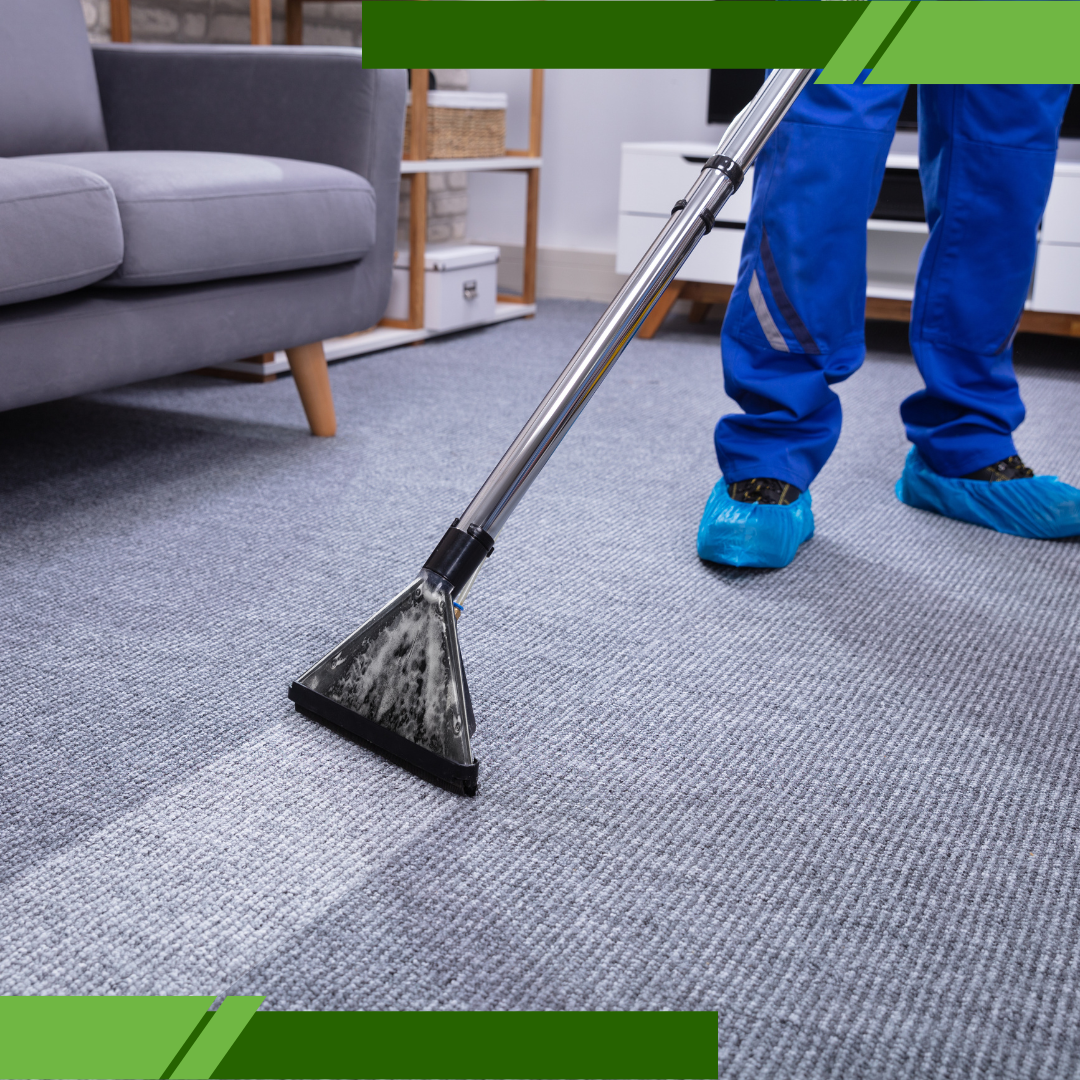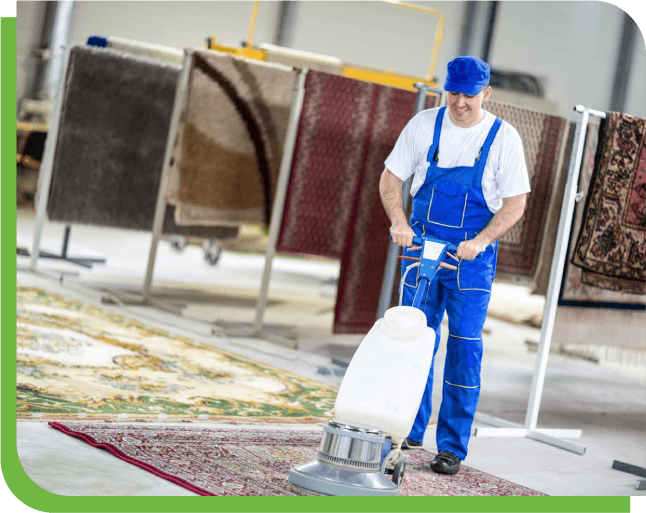Get in touch
Fill this up to proceed

We are committed to providing a world-class carpet, rug, upholstery, drapery or mattress cleaning services that will open your door to a happier and healthier green indoor environment.
Moving to a new place can be exciting, but the process is often packed with deadlines, packing chaos, and unexpected stress. One part of moving that tends to get overlooked—until the very last minute—is cleaning. Many tenants assume a quick mop, a vacuum, and some wiped-down surfaces are enough. But landlords and property managers often expect a much more detailed clean. That’s where an End-of-Lease Cleaning Checklist comes in. It’s your roadmap to ensure nothing gets missed, especially those sneaky areas that can cost you part—or even all—of your security deposit.
A proper End-of-Lease Cleaning Checklist can also save you time and money. It helps you plan in advance, so you’re not scrambling to fix forgotten items hours before your keys are due. Simple oversights like dusty blinds, sticky cabinet shelves, or carpet stains from furniture indentations are all things landlords notice quickly. That’s why having a list and starting early makes all the difference. And when it comes to carpets, it’s always wise to schedule a professional cleaning to bring floors back to move-in condition. Most leases require it, and it’s one of the top reasons for security deposit deductions.
When you’re focused on getting packed and moved, it’s easy to overlook small tasks that matter. Many renters forget to clean behind large appliances like the refrigerator and oven. These spaces often collect grease, crumbs, or dust bunnies over time. Not only are they unpleasant for the next tenant to discover, but landlords typically check them during final inspections. That’s why these spots should always be part of your End-of-Lease Cleaning Checklist. The same goes for air vents and ceiling fans, which gather layers of dust that can trigger complaints if left uncleaned.
Don’t ignore built-in features like blinds, curtain rods, and light fixtures. These items aren’t top of mind when you’re cleaning, but they collect dirt fast—especially if you’ve lived in the space for over a year. Windows and windowsills are another area many people forget. A quick polish and a wipedown of both the interior glass and frames make a noticeable difference. And if you’ve had pets or children in the home, pay extra attention to baseboards and corners, where hair and grime often collect. These easily forgotten tasks are the kind that your End-of-Lease Cleaning Checklist should include to avoid deductions later.

The kitchen and bathroom tend to receive the most scrutiny during final inspections, and rightfully so. These are high-use areas that can quickly show signs of buildup and neglect. In the kitchen, it’s not enough to wipe down counters and call it a day. The oven, stovetop, microwave, and dishwasher all need deep cleaning. Grease buildup on the range hood and stains inside the oven are red flags to landlords. Empty and wipe down all cabinets and drawers, not just the ones you used often. Make sure the refrigerator is defrosted, cleaned inside and out, and pulled away from the wall so you can clean behind and underneath.
In the bathroom, don’t just clean what’s visible—look closely at grout, around faucets, and under the rim of the toilet bowl. Mold and soap scum can build up in shower corners and on tiles. Limescale deposits around taps or showerheads should be removed with the right cleaners. The mirror and light fixtures should be streak-free, and exhaust fans should be dusted as well. Every step matters in your End-of-Lease Cleaning Checklist because the condition of these rooms heavily influences your landlord’s final decision on the deposit.

Living rooms and bedrooms might seem easy to clean at first glance, but once furniture is removed, all the hidden flaws are exposed. Dust marks on the floor, wall scuffs, and carpet discoloration can appear suddenly when your couch or bed is gone. That’s why your End-of-Lease Cleaning Checklist should include checking for furniture imprints, stains, and any wear and tear that might look worse than it is. Light vacuuming isn’t enough—especially if you’ve lived in the space for a long time. Booking a green carpet can restore your flooring and give the room a fresh, spotless finish.
Don’t forget closets. Empty them completely, wipe down the shelves, and clean the floor beneath where shoes or boxes may have been stored. It’s also important to dust window ledges, clean door handles, and wipe down baseboards. Even small smudges can stand out in an otherwise empty room. Make sure ceiling fans and light fixtures are dust-free and functional. These details, while easy to miss, all count during an inspection. A complete End-of-Lease Cleaning Checklist ensures these areas get the attention they need without being overlooked in the rush.
Once the major cleaning is done, it’s time for final checks. Doing a walkthrough with your End-of-Lease Cleaning Checklist in hand helps you view your space through your landlord’s eyes. Turn on all the lights, open closets, and inspect every room slowly. Check for any unusual smells, especially if you had pets, cooked often, or smoked. If odors linger, ventilate the space or consider odor-neutralizing sprays. Even clean homes can fail inspection due to unpleasant scents.
Make sure to also clean entryways, outdoor balconies, or patios if you had them. These areas are often the first things property managers see, and their condition sets the tone for the entire inspection. Remove cobwebs, sweep, and wipe down surfaces like doors, handles, and railings. By following your End-of-Lease Cleaning Checklist to the very end, you leave nothing to chance and walk away knowing you’ve done your part to secure a full deposit return.
In most cases, yes—especially if it’s stated in your lease. Even if it’s not required, landlords expect carpets to look and smell clean. A basic vacuum isn’t enough. Hiring a service to deep clean carpets can prevent deductions and boost your chances of getting the full deposit back.
Ideally, you should begin at least one week before your move-out date. This gives you time to clean thoroughly without rushing. You’ll also have time to book professionals if needed and handle anything unexpected.
Yes, landlords are legally allowed to deduct money for cleaning if the home isn’t returned in the same condition it was given. Even small things like grease, stains, or missed dust can result in fees, especially if they require extra labor.
Absolutely. Food debris, grease, and dust often collect in these hidden spaces. Landlords usually move large appliances to check for cleanliness, so it’s best to do it first and avoid a surprise later.
The most common mistake is assuming a surface-level clean is enough. Skipping the detailed work—like grout, baseboards, or vent covers—can lead to unexpected deductions. A full End-of-Lease Cleaning Checklist helps catch those small but important jobs before it’s too late.

We are committed to providing a world-class carpet, rug, upholstery, drapery or mattress cleaning services that will open your door to a happier and healthier green indoor environment.
We are committed to providing a world-class carpet, rug, upholstery, drapery or mattress cleaning services that will open your door to a happier and healthier green indoor environment.